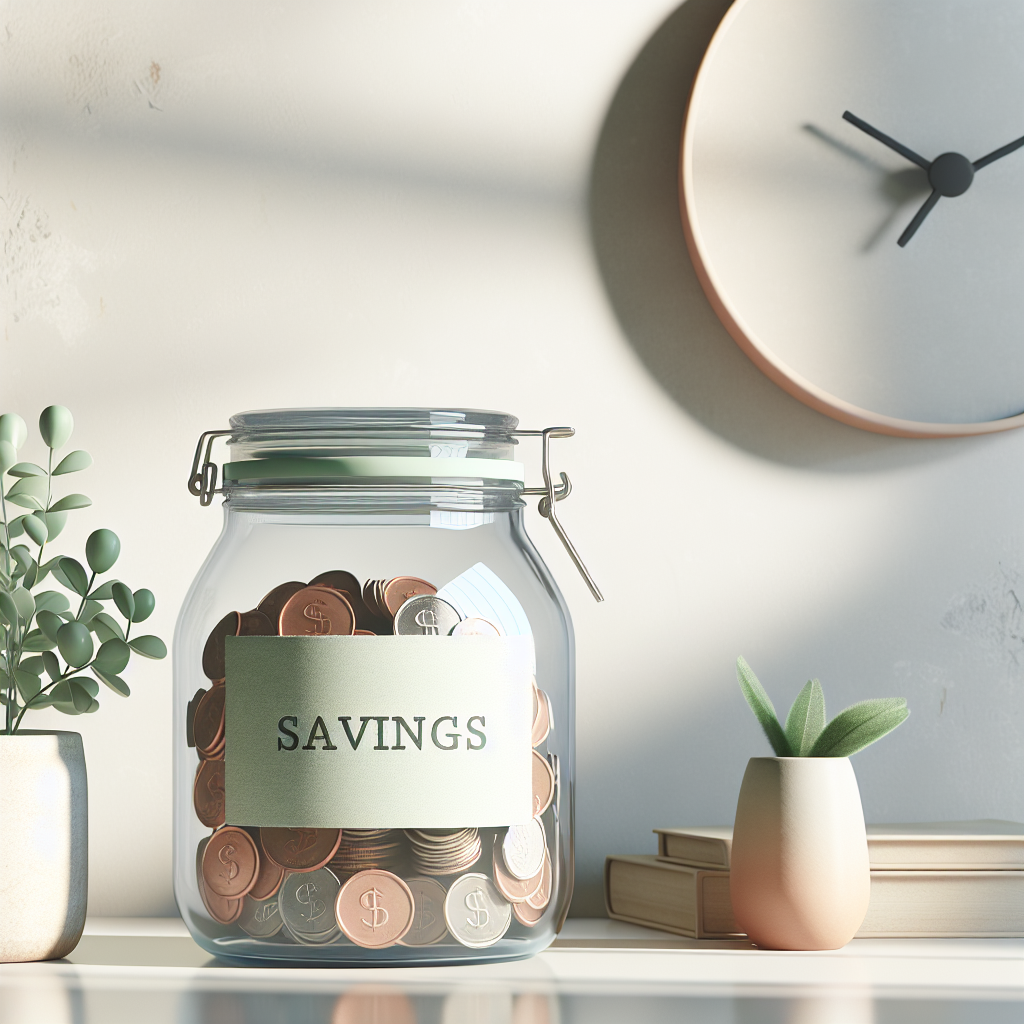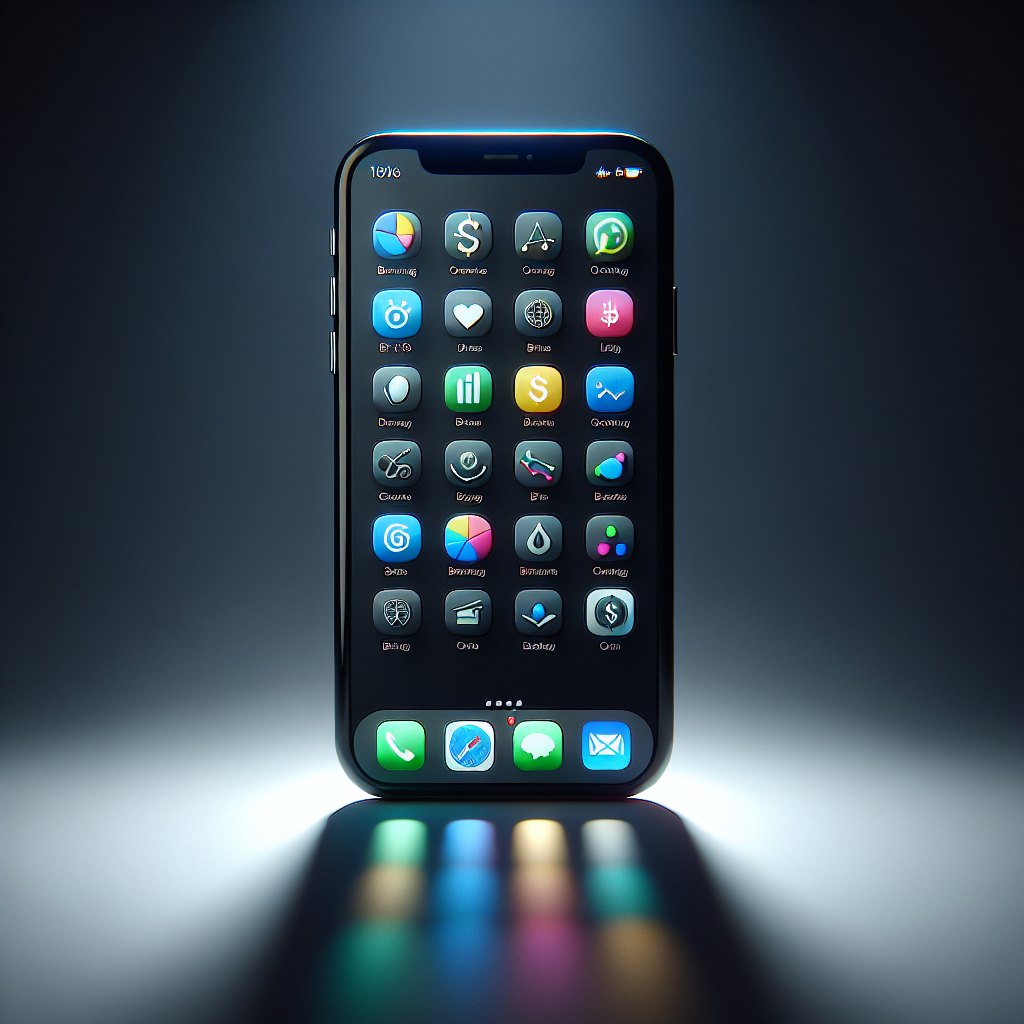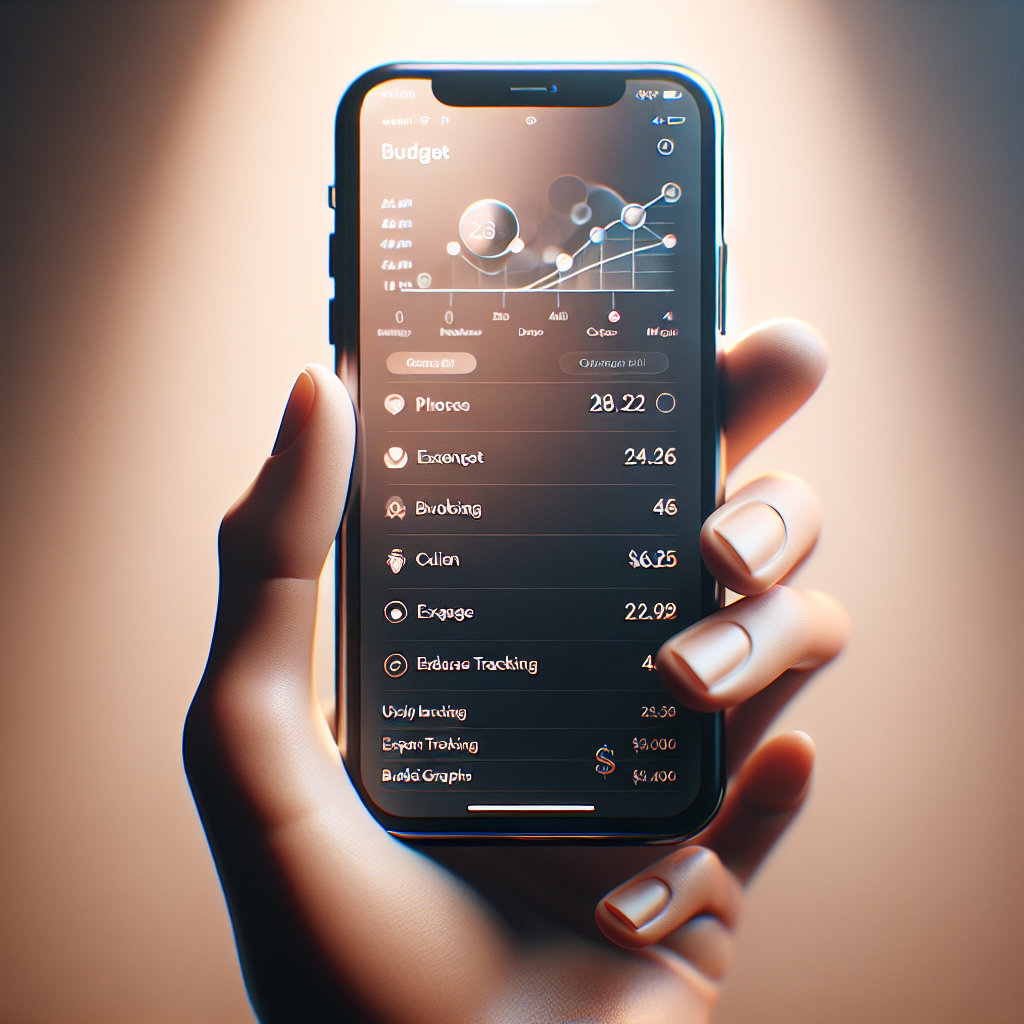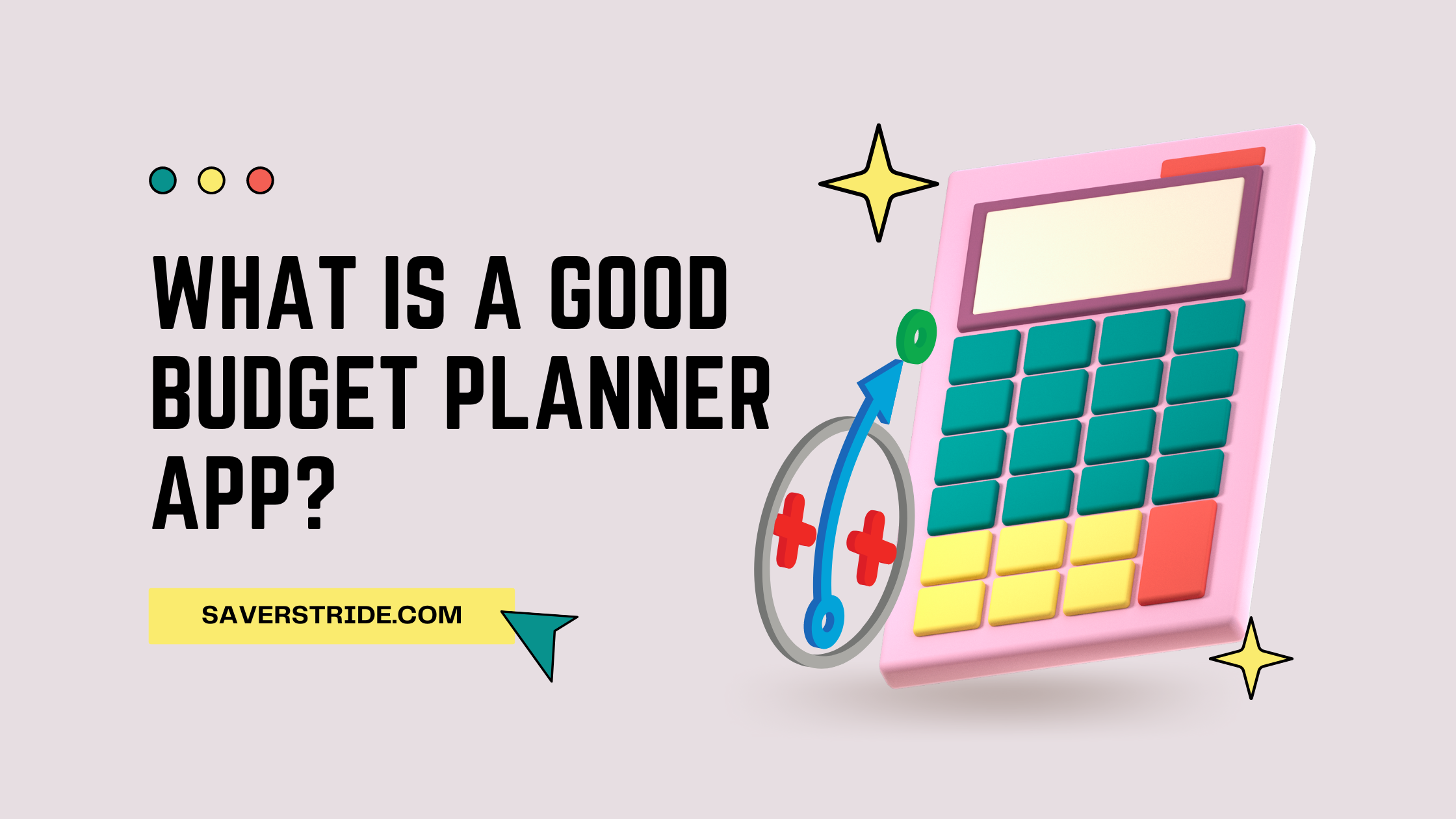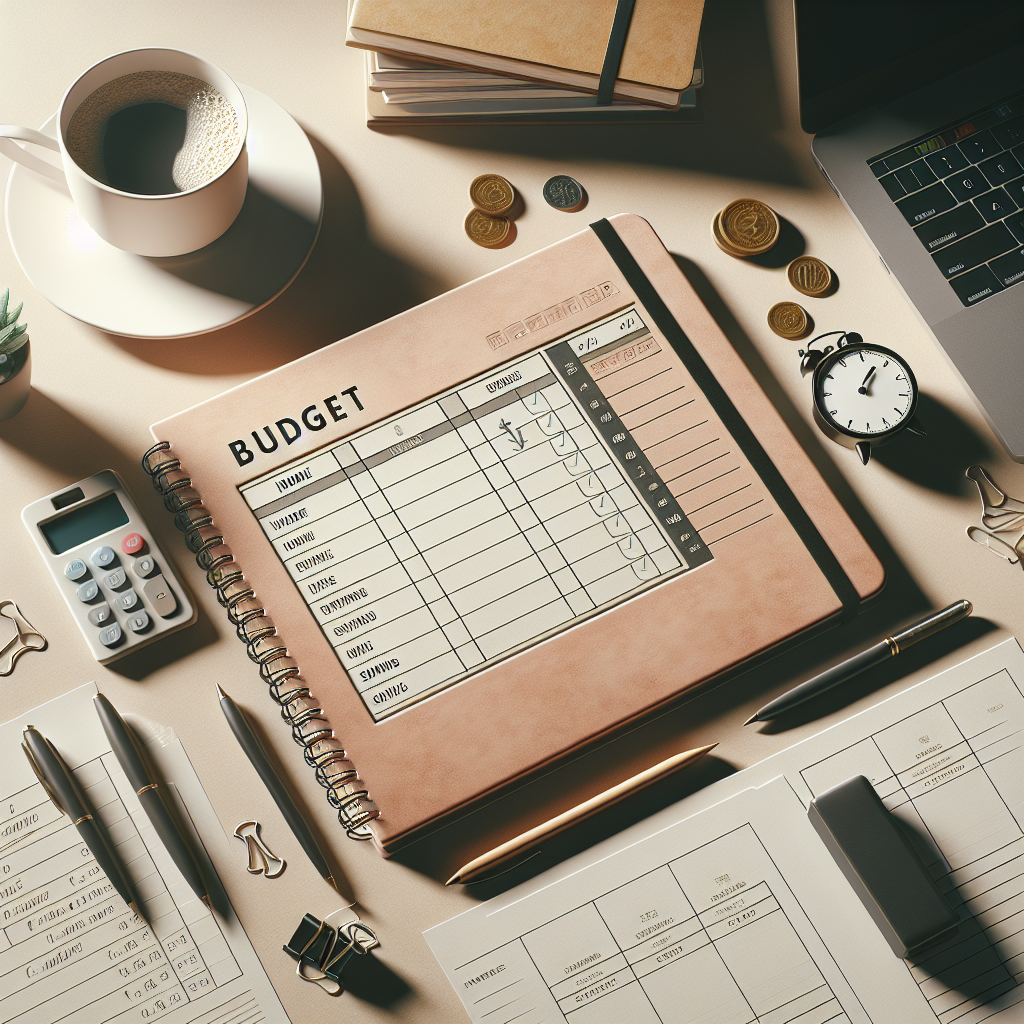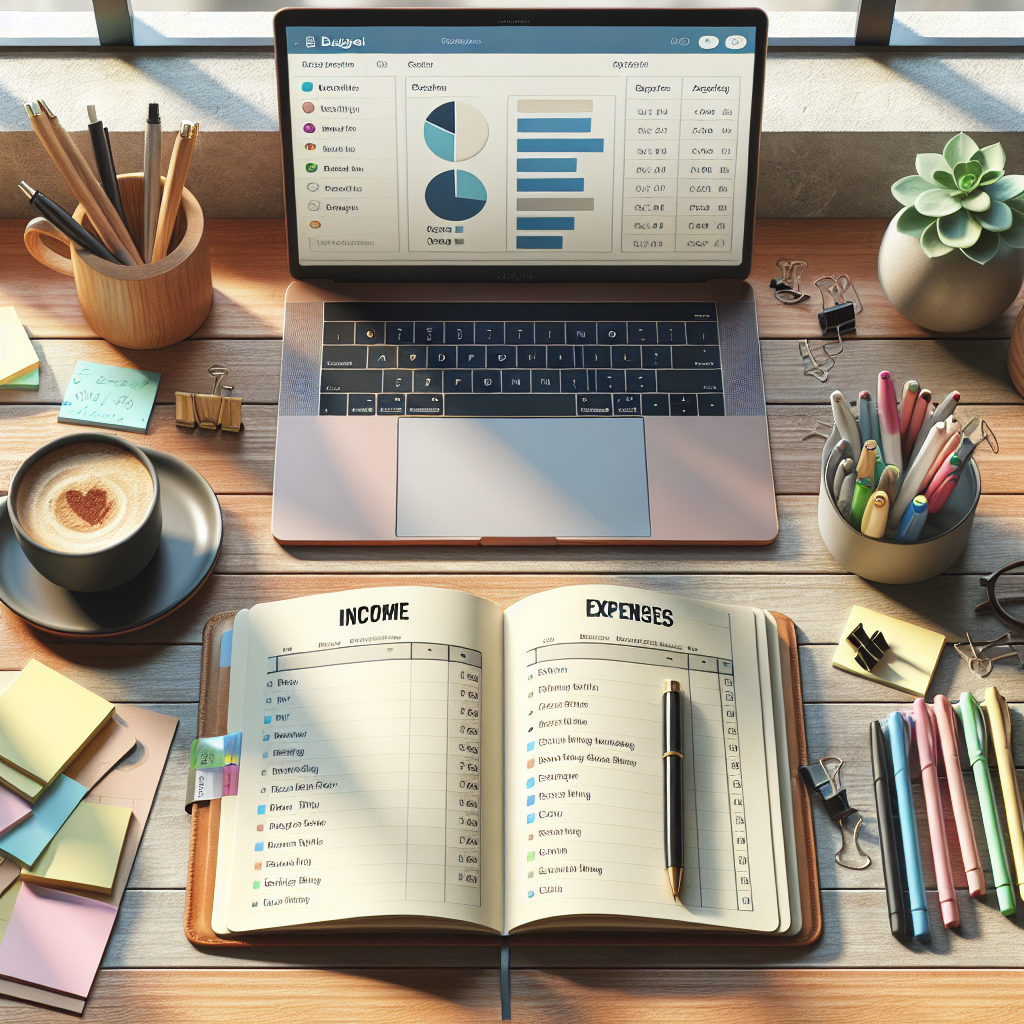Implementing simple savings strategies can make a significant difference in achieving your financial goals. Whether you’re looking to build an emergency fund, save for a big purchase, or simply reduce everyday expenses, understanding the basics of savings can set you on the right path. The key is to start with small, manageable steps that fit seamlessly into your daily routine.
At Vala, we believe that everyone has the potential to achieve financial stability with the right tools and guidance. Our savings management platform is designed to help you effortlessly track your expenses, budget effectively, and save money over time. By leveraging innovative technology and personalized solutions, we aim to make the savings process intuitive and rewarding.
Ready to take control of your finances and experience effortless savings? Download Vala today and start managing your budget with ease!
Understanding Your Spending Habits
One of the first steps towards implementing simple savings strategies is to understand your spending habits. This involves taking a closer look at where your money is going on a daily, weekly, and monthly basis. By analyzing your expenses, you can identify patterns and areas where you might be overspending.
Start by categorizing your expenses into essential and non-essential items. Essentials might include rent, utilities, groceries, and transportation, while non-essentials could be dining out, entertainment, or impulse purchases. Keeping track of these categories can help you see where adjustments can be made.
Another useful method is to keep a spending diary for a month. Write down every purchase you make, no matter how small. At the end of the month, review your diary to identify any unexpected trends or areas where you can cut back. For example, you might find that those daily coffee runs add up more than you realize.
Using tools like Vala’s expense tracking feature can simplify this process. Our platform allows you to automatically categorize and analyze your spending, providing insights and personalized recommendations to help you save more effectively. By gaining a clear understanding of your spending habits, you can make more informed decisions and start building healthier financial practices.
Creating A Realistic Budget

Once you have a clear understanding of your spending habits, the next step towards achieving simple savings is creating a realistic budget. A budget is a financial plan that helps you manage your income, expenses, and savings in an organized manner. The key to a successful budget is ensuring it is both realistic and flexible enough to accommodate unexpected expenses.
Start by calculating your total monthly income, including your salary, freelance work, or any other sources of income. Next, list all your monthly expenses, both fixed and variable. Fixed expenses are those that remain consistent each month, such as rent or mortgage payments, utilities, and insurance. Variable expenses, on the other hand, can fluctuate and include groceries, transportation, and entertainment.
Once you have listed your income and expenses, subtract your total expenses from your total income to determine your disposable income. This is the amount you have left after covering all your essential costs. Aim to allocate a portion of this disposable income towards your savings goals.
Using the 50/30/20 rule can provide a simple yet effective framework for budgeting. This rule suggests allocating 50% of your income to needs, 30% to wants, and 20% to savings. However, feel free to adjust these percentages based on your specific financial situation and goals.
Vala’s budgeting tools can further enhance this process by automating tracking and providing visual insights into your spending patterns. With personalized recommendations and smart alerts, Vala helps you stay on track and make necessary adjustments to your budget, ensuring a smooth path towards achieving your financial goals.
Effective Ways To Cut Expenses

In your journey towards achieving simple savings, finding effective ways to cut expenses is crucial. Reducing your spending doesn’t necessarily mean making drastic changes; even small adjustments can make a significant impact over time. Here are some practical tips to help you trim your expenses:
- Track Your Spending: Start by monitoring your daily expenses. Use a finance app like Vala to categorize your spending and identify areas where you can cut back.
- Eliminate Unnecessary Subscriptions: Review your subscriptions for streaming services, magazines, and gym memberships. Cancel any that you rarely use or can live without.
- Cook at Home: Eating out frequently can quickly drain your budget. Plan your meals and cook at home to save money and eat healthier. Consider bulk buying ingredients and preparing meals in advance.
- Shop Smart: Take advantage of discounts, coupons, and cashback offers when shopping. Also, try to purchase generic brands instead of premium ones, as they often offer the same quality at a lower price.
- Reduce Utility Bills: Simple actions like turning off lights when not in use, using energy-efficient appliances, and setting your thermostat to an optimal temperature can help lower your utility bills.
- Limit Impulse Purchases: Avoid making spontaneous purchases by planning your shopping trips and sticking to a list. Give yourself a cooling-off period before buying non-essential items.
- Negotiate Bills: Contact your service providers to negotiate better rates for your phone, internet, and insurance plans. You’d be surprised how often companies are willing to offer discounts to retain customers.
By implementing these strategies, you can effectively reduce your expenses and free up more money for your savings goals. Remember, the key is to make mindful spending decisions and continuously seek opportunities to optimize your budget.
Smart Shopping Tips

Smart shopping is an integral part of achieving simple savings. By making thoughtful and informed purchasing decisions, you can significantly stretch your budget without compromising on quality. Here are some smart shopping tips to help you save more:
- Create a Shopping List: Always prepare a list before heading out to shop. This helps you stay focused on buying only what you need and prevents impulse purchases.
- Compare Prices: Take the time to compare prices across different stores and online platforms. Use price comparison websites and apps to ensure you’re getting the best deal available.
- Look for Discounts and Coupons: Hunt for discounts, promotional codes, and coupons before making a purchase. Many retailers offer special deals that can significantly reduce your total bill.
- Buy in Bulk: Purchasing items in bulk can lead to substantial savings, especially for non-perishable goods. However, ensure that you have adequate storage space and that the bulk items will be used before they expire.
- Shop During Sales: Take advantage of seasonal sales, clearance events, and holiday promotions. These periods often feature significant markdowns on various products.
- Opt for Generic Brands: Generic or store brands can offer the same quality as name brands but at a lower price. Don’t be afraid to try them out and see if they meet your standards.
- Use Cashback and Rewards Programs: Enroll in cashback and rewards programs offered by retailers and credit card companies. These programs allow you to earn points or cash back on your purchases, adding to your savings over time.
- Avoid Shopping When Emotional: Shopping when you’re emotional can lead to unnecessary spending. Wait until you are in a clear state of mind to make rational purchasing decisions.
By incorporating these smart shopping tips into your routine, you can make the most of your money and ensure that every purchase contributes to your overall savings goals. Remember, the key is to shop strategically and stay disciplined.
Maximizing Your Savings

Once you’ve mastered the basics of budgeting and smart shopping, it’s time to focus on maximizing your savings. This involves leveraging various strategies and tools to ensure your money grows effectively. Here are some tips to help you get started:
- Automate Your Savings: Set up automatic transfers from your checking account to a savings account. This ensures that a portion of your income is saved regularly without having to think about it.
- Take Advantage of High-Interest Accounts: Look for savings accounts that offer higher interest rates. Online banks often provide better rates compared to traditional banks, helping your savings grow faster.
- Invest Wisely: Consider investing in stocks, bonds, or mutual funds to potentially earn higher returns. Diversify your investments to spread risk and consult with a financial advisor if needed.
- Utilize Employer Benefits: Make the most of employer-sponsored retirement plans, such as 401(k) or 403(b) accounts. Contribute enough to get the full employer match, as this is essentially free money.
- Reduce Debt: Pay off high-interest debt as quickly as possible. Reducing debt frees up more money for savings and reduces the amount you pay in interest over time.
- Track Your Progress: Regularly review your savings goals and track your progress. Adjust your strategies as needed to stay on track and motivated.
Incorporating these strategies can significantly boost your savings and help you achieve your financial goals more efficiently. Remember, consistency is key. The more disciplined and proactive you are, the more rewarding your savings journey will be.
Ready to take control of your finances and experience effortless savings? Download Vala today and start managing your budget with ease!

